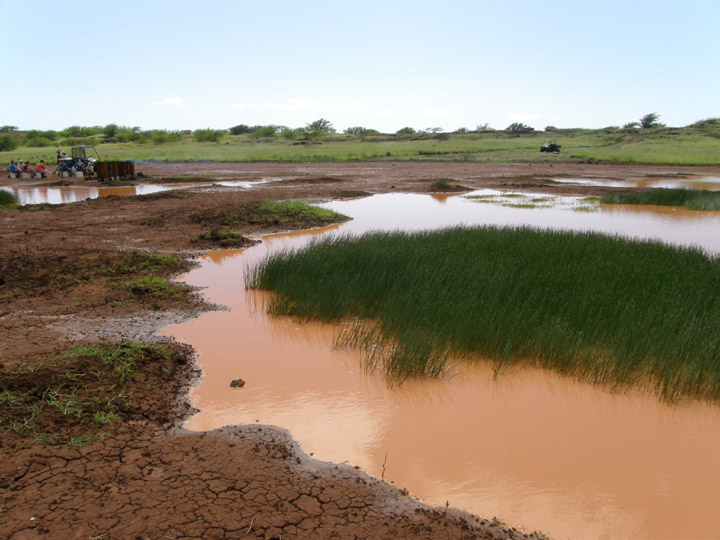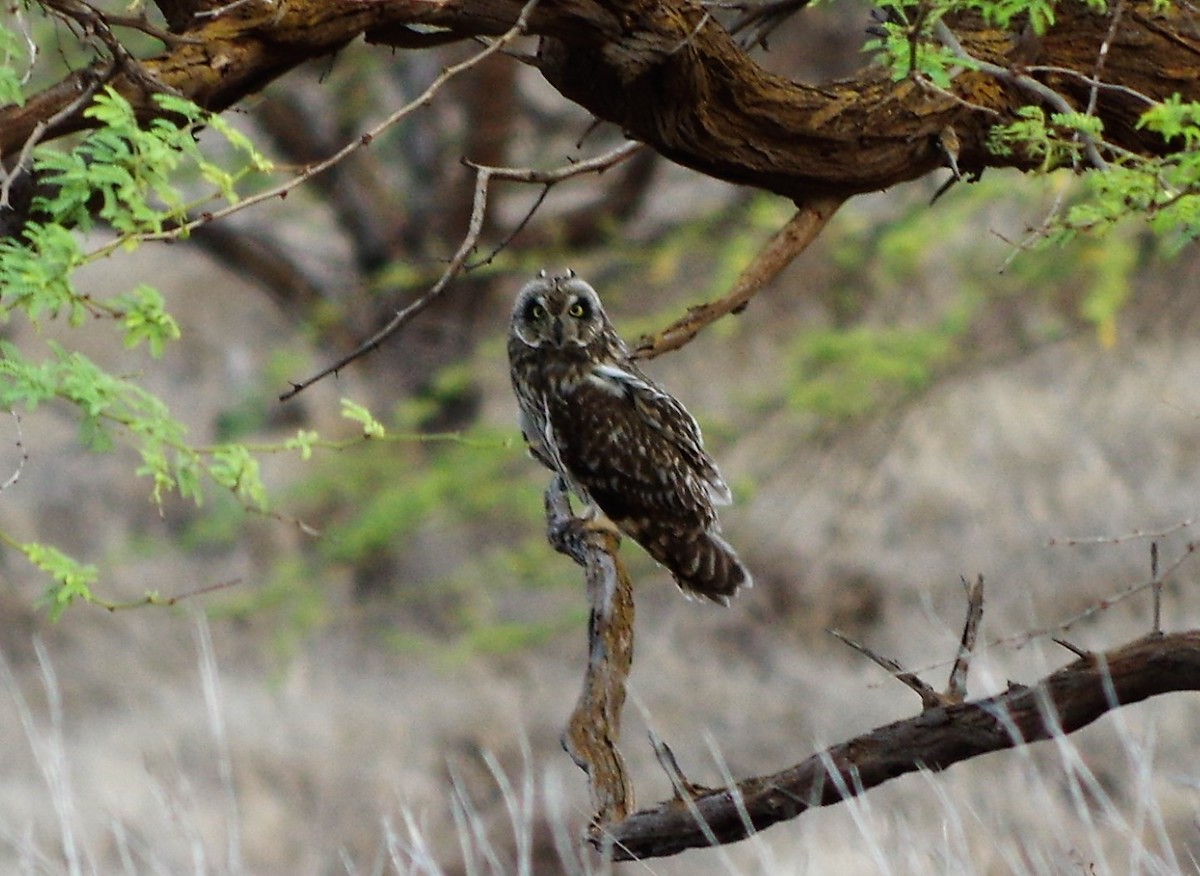The island of Kaho‘olawe is just seven miles off the coast of Maui, but it is vastly different. It is managed by the team at Kahoʻolawe Island Reserve Commission and the KIRC team has a dream. They are working towards a restoration of the kino (physical manifestation) of the God Kanaloa. Their vision is an island clothed in shrublands of native plants, surrounded by pristine ocean waters and healthy reef ecosystems, and immersed in native culture.
The history and culture of Kahoʻolawe is indeed rich. It is believed to have been inhabited since about 400 AD and the abundance of historical and archeolocigal sites paint a picture of the island as a navigational center for voyaging and with an agricultural center and a quarry. It also appears to have been a site for religious and cultural ceremonies, which are still carried out today.
Modern times have been less kind. The island has been home to a penal colony, a sheep and cattle ranch, and a U.S. Navy bombing range. Those land uses were detrimental to the island’s delicate ecosystem and led to severe habitat degradation. The KIRC team has taken on the challenge to restore these habitats with on-the-ground hard work, looking for financial support and coordinating expertise and assistance. It is well worth it, as the island presents a unique opportunity to protect coastal wetland areas free from human disturbance, predation from mongoose and grazing by ungulates.

Photo courtesy KIRC
Moving the Vision Forward
Community partners and volunteer groups play an important part in the restoration work KIRC is undertaking. While Covid has limited visitors and activities, restoration work is still occurring. The KIRC was able to reintroduce more than 15,000 native plants to coastal and upland areas in the last two years.
The KIRC recently receieved a North American Wetlands Conservation Act (NAWCA) Small Grant to resume and expand their restoration efforts in Kaho’olawe’s seasonal wetland habitats. The island has four documented wetlands that offer unparalleled restoration potential for native wetland vegetation, invertebrates, and resident and migratory birds. The first is a man-made anchialine pool located in Honokanai‘a. (This pool was actually created by a Navy operation known as Sailor’s Hat, where five tons of TNT were exploded on three separate occasions in the same spot.) Kealaikahiki is home to the other three documented wetlands: Kaukaukapapa, Keanakeiki, and Lua o Kealialalo. They are all natural, seasonal palustrine emergent and scrub-shrub wetlands.
In the summer of 2021, the team found a Pueo or Hawaiian Short-eared Owl (Asio flammeus sandwichensis ) roost at the upland project site at Lua O Kealialalo. This was an exciting development as it means there were likely chicks born on island this past spring. A small crustacean known as a triops was discovered at Kaukaukapapa during a seasonal flood, potentially providing a food source for native animals. Together, Kaho’olawe’s wetlands hold great potential as a release site for native endangered birds.

Enhancement work of these wetlands will also benefit migratory birds, including species of conservation concern: the ‘Akekeke or Ruddy Turnstone (Arenaria interpres) and the Kioea or Bristle-thighed Curlew (Numenius tahitiensis), among others. Ocean and Restoration teams have been working in the area to remove invasive bufflegrass and kiawe to support the revival and survival of the native plants in the area, including ‘aki‘aki grass (Sporobolus virginicus), hao (Rauvolfia sandwicensis), kou (Cordia subcordata) and milo (Thespesia populnea).
The NAWCA Small Grants project will focus on the 20-acre wetland in Lua O Kealialalo and a 3.5-acre section of the wetland in Keanakeiki. The KIRC team plans to remove alien invasive species from both sites and then outplant native seedlings in their place.
Restoring and enhancing the wetlands of Kaho’olawe provides much more than ecological benefits. In addition to physically restoring the island of Kaho`olawe, we are also undertaking the cultural restoration of the island and its people. We see the restored wetland habitats and the return of native seabirds to Kaho`olawe not only as saving critical biodiversification and native ecosystems, but also as opportunities for the indigenous people of Hawaii to rediscover our traditional relationships to the land and its creatures that created the native Hawaiian culture that we have today. We hope that by native Hawaiians being immersed again into the traditional flora and fauna of our ancestors, we can better understand the cultural practices that developed over generations of survival in these lands.
- Michael Naho’opi’i, KIRC Executive Director
